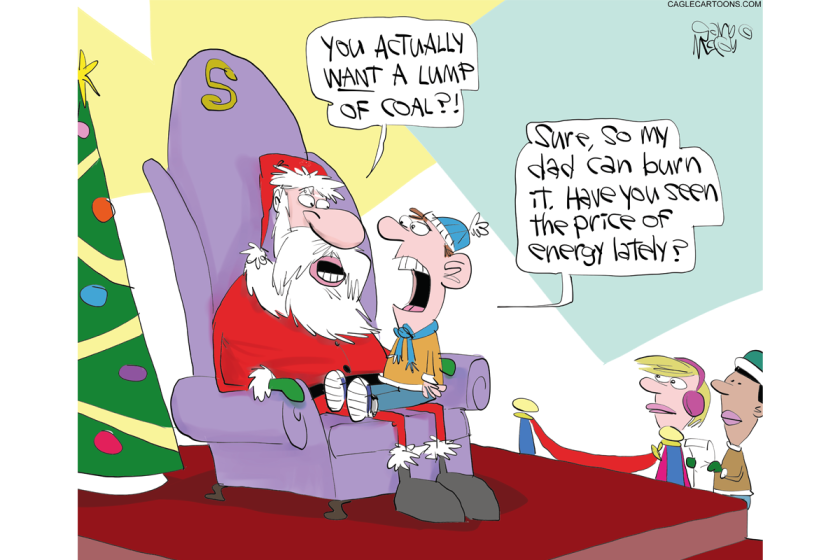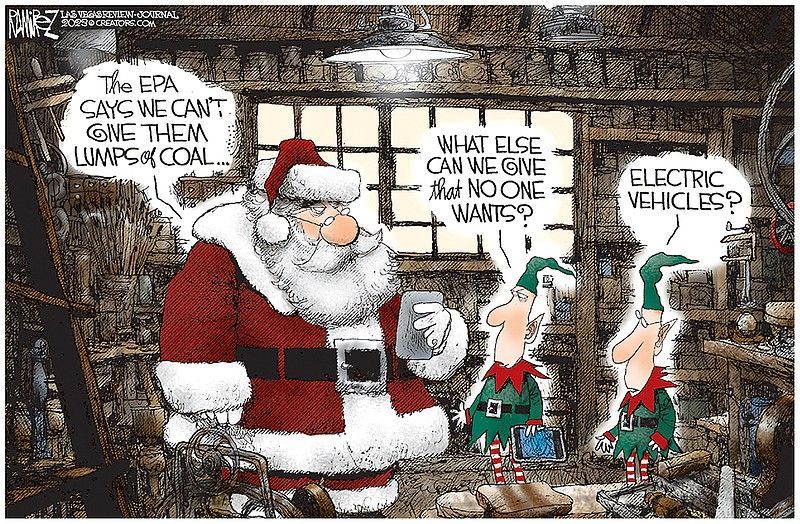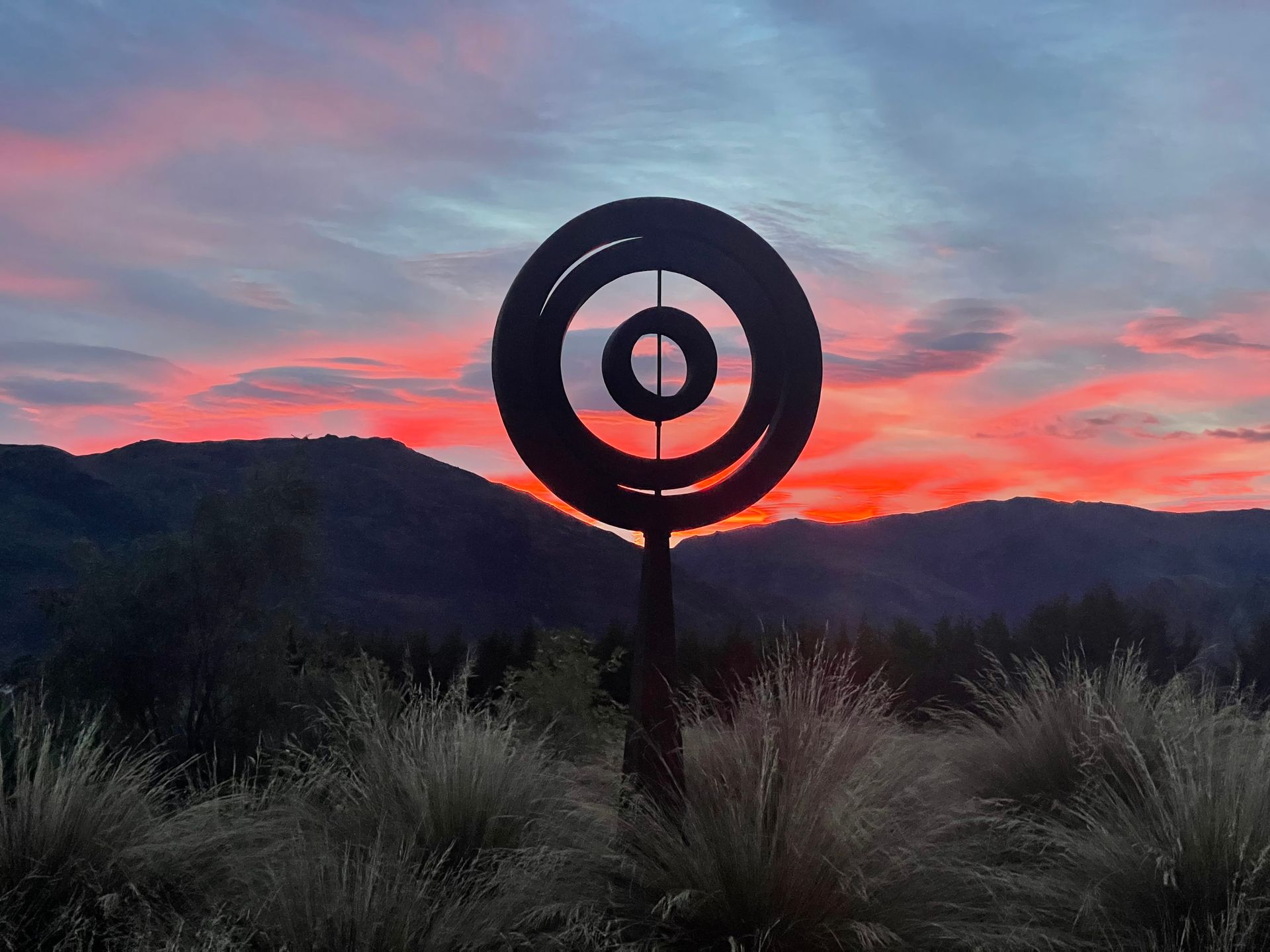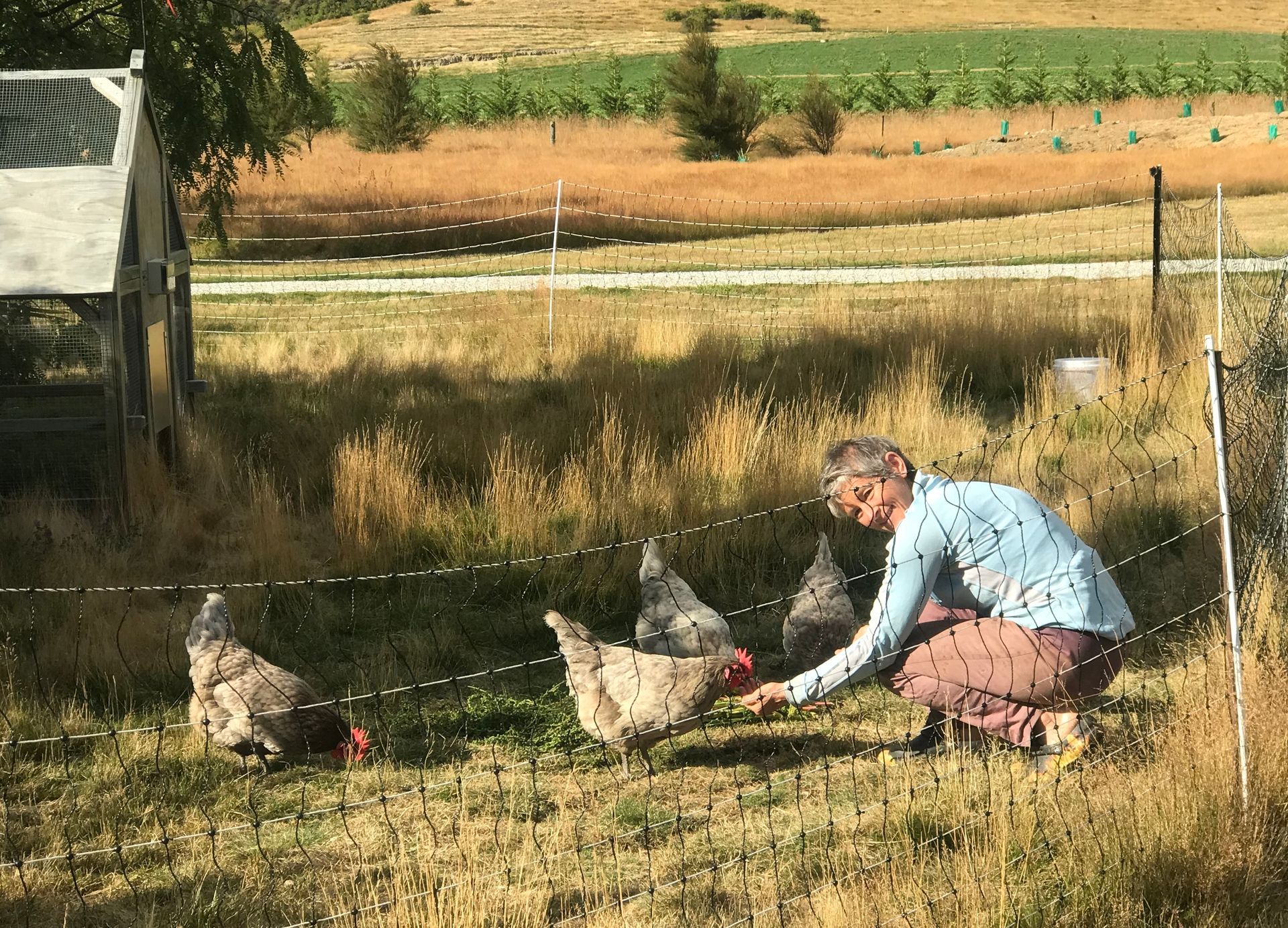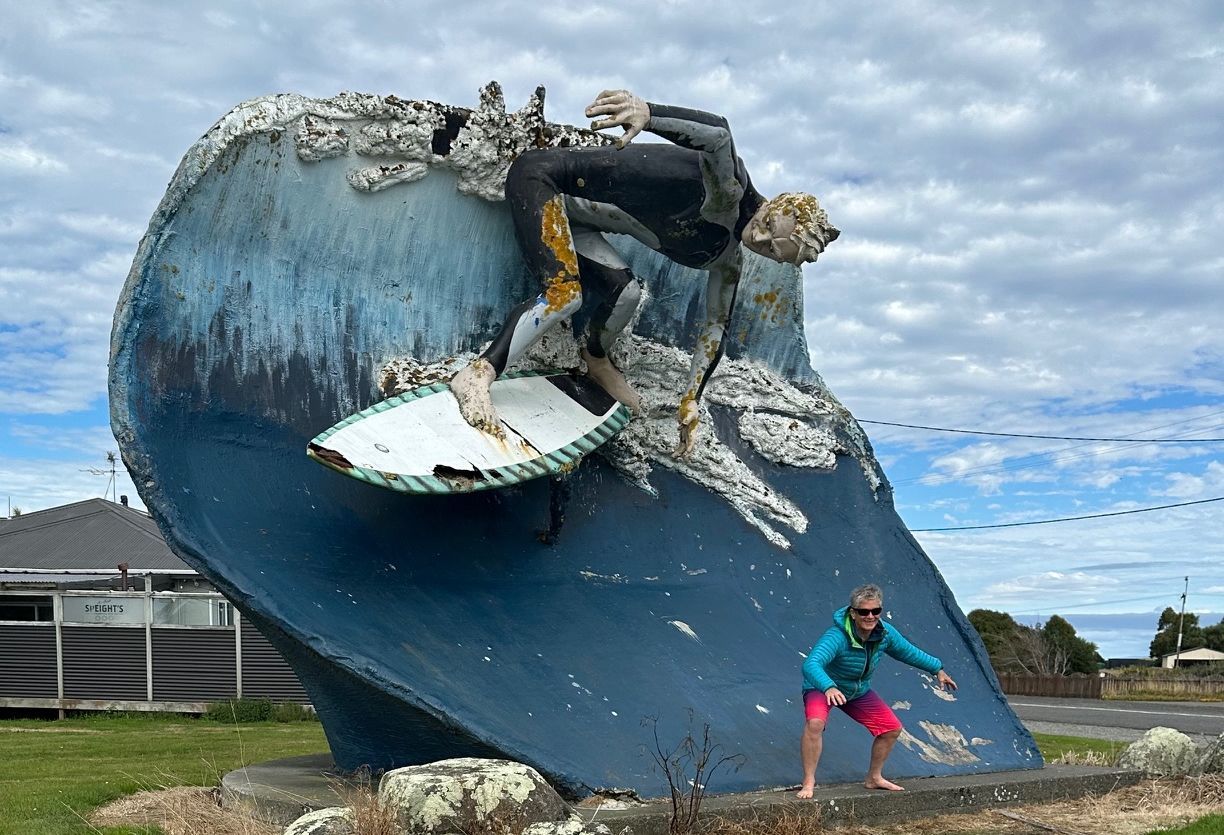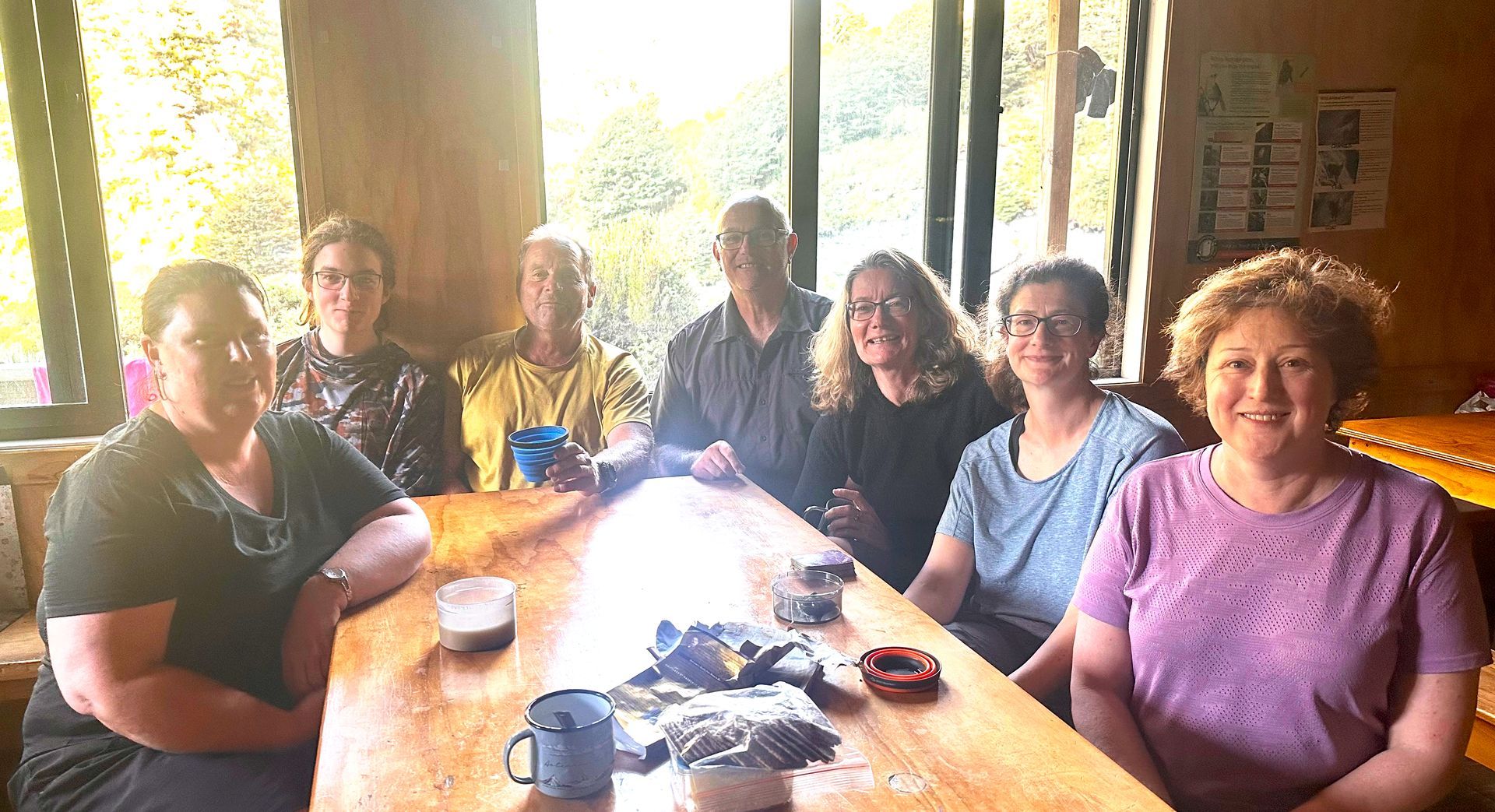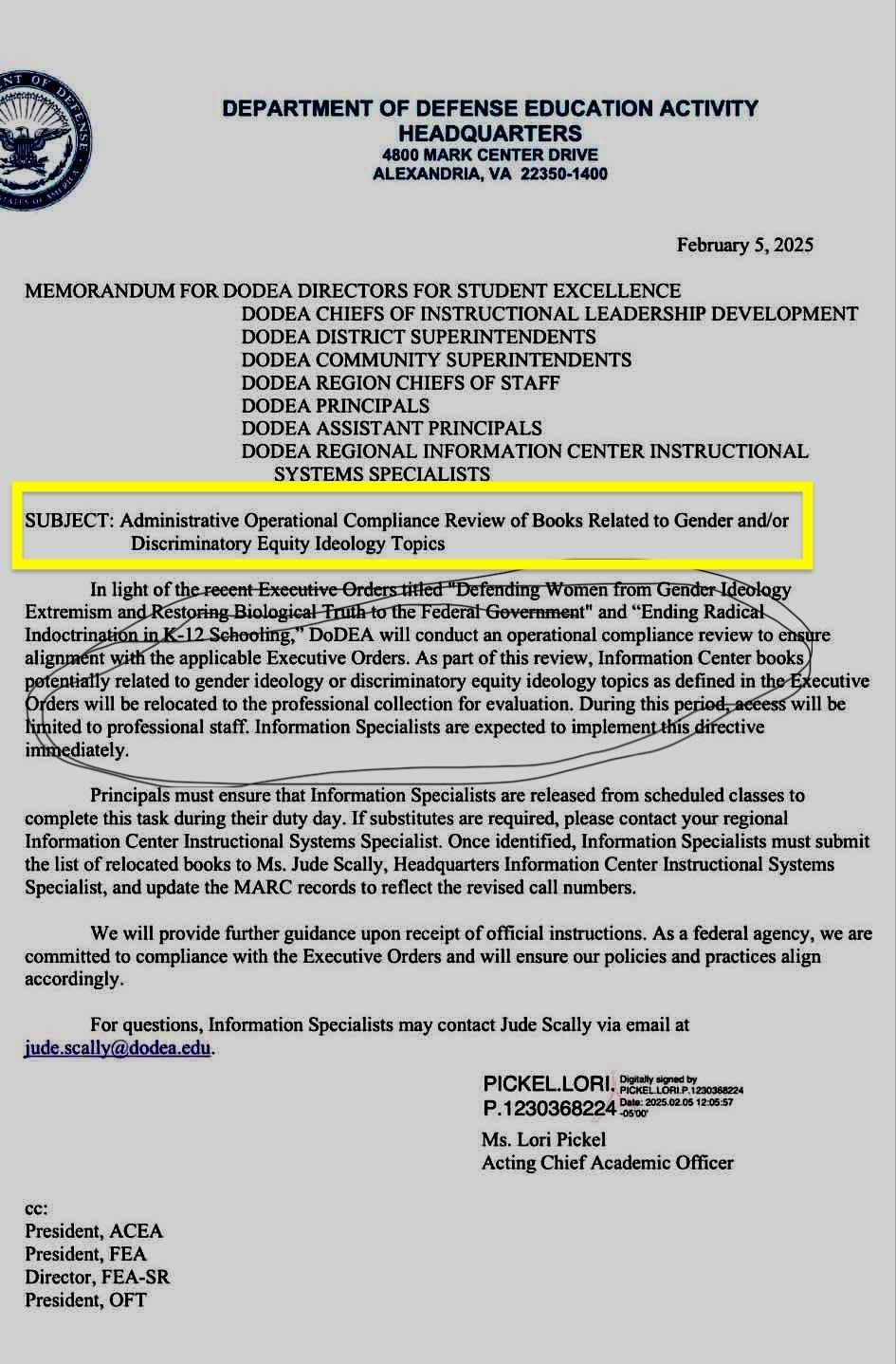Threads of Connection Sets Sail
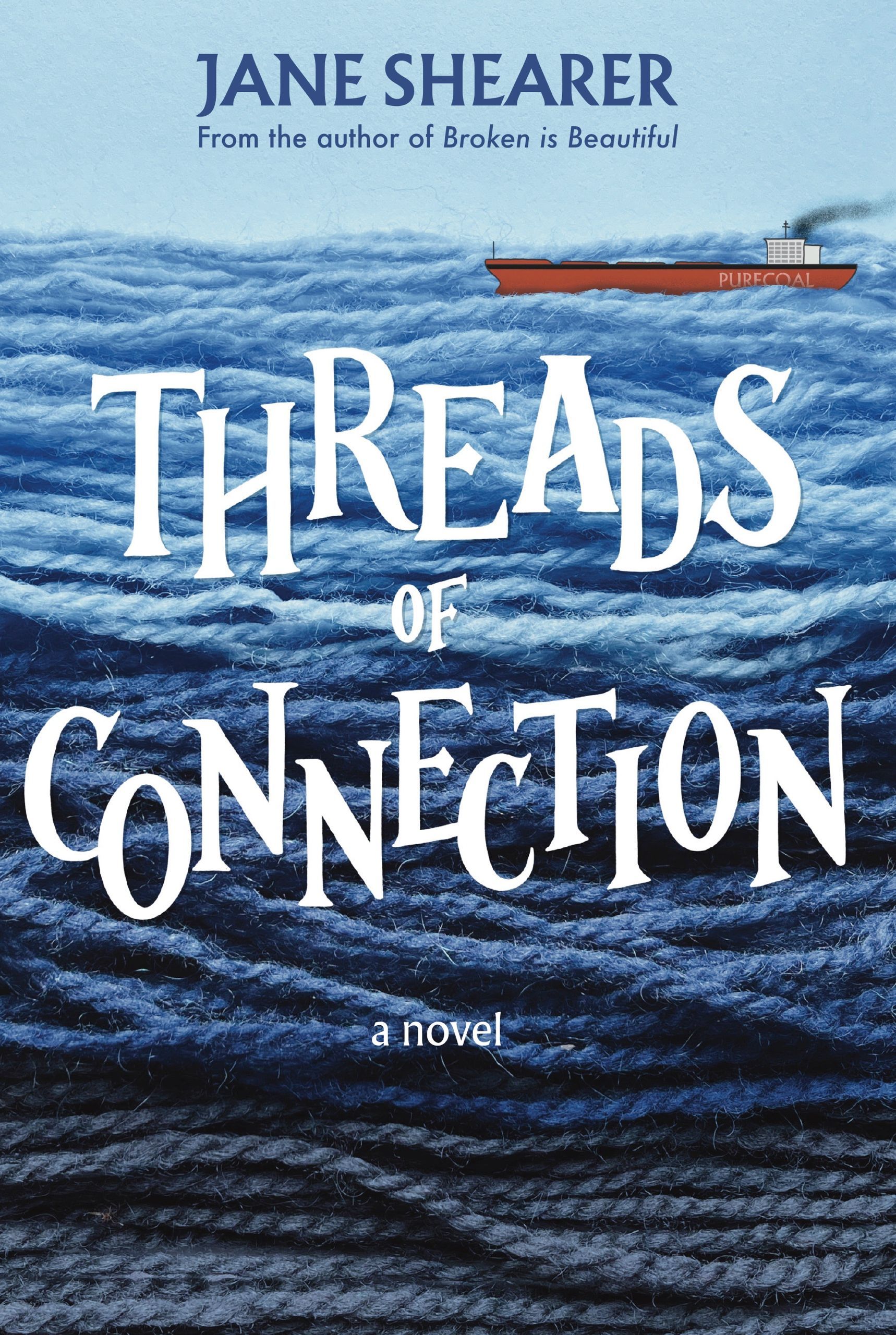
What would you do if your friend sank a coal ship in the interests of saving the planet?
In a future Christchurch battered by climate change, three women lead storytelling workshops to bring people together in challenging times. But when a shocking act of protest comes to light, friendships and beliefs are pushed to their limits. Discover a gripping story of resilience, community, and the bonds that help us face an uncertain future.
This evening we had a launch of Threads of Connection in Christchurch. It was great to get together with family, old friends and new friends to launch my novel. Connections between people are very much the focus of this book – the importance of the strength of connections in holding people and community together, particularly in times of change and challenge.
Here's a reconstruction of my talk this evening – about the book and why I wrote it.
Threads of Connection opens with a coal export ship in Lyttelton Port bombed as a climate protest. My first training and career was as a coal geologist. Coal is no longer popular given its burning results in major emissions of climate-warming gases. However, when I did my PhD on Ohai Coalfield, I thought I was doing something useful rather than counting angels on the head of a pin. Did I know about climate change then? No. The ability of humans to warm the atmosphere had been understood for fifty years, climate change research had been underway for twenty years, but the University of Canterbury geology and botany departments weren't teaching us about it.
In 1993, I left geology and started my research management career by accident. There were no jobs in geology at that time – the New Zealand economy was at a very low point. The son of my parent's friend was working in the government research funding organisation established in 1992 as part of the massive restructuring of NZ science and research in the late 1980s-early 1990s. His job sounded interesting and one I could do. A position came up, I applied and got the role as Programme Manager at the Foundation for Research, Science & Technology. I have gone on from there to help people access funding to carry out (mostly scientific) research for the majority of the last three decades.
Helping people with funding involves a significant chunk of discussion and an even bigger chunk of writing, because that's how funding proposals are submitted, in writing. I never expected to end up writing for a living when I was on track to become a geologist. I wanted a job where I could be outside! However, it hasn't turned out so badly – working for myself means I can go outside plenty, live where I want, and earn enough money to enjoy my life.
How did I get from writing funding proposals to writing a novel? It was thanks to COVID-19. COVID was great for me from the point of view I have never been sick with COVID but the lockdowns spurred me to think about what I wanted to do that I wasn't doing. Creative writing was one thing and music was the other. Five years on, I am a regular attendee at local open mics and have written two novels, as well as continuously posting my weekly blog. It's been great (except when Chris points out that my life might be just a little too busy...).
After writing and launching my first novel – Broken is Beautiful, I knew I wanted to write a novel about climate change as a defining problem of our age (though not the only environmental challenge we are facing). Broken is Beautiful is set in Sumner, Christchurch, as a place I know well – I grew up in Christchurch and lived in Sumner as from 1999 to 2013. After writing Broken is Beautiful I had become attached to my characters. It made sense to continue their lives into the near future, when climate change is digging its claws in. Not to mention, I wanted someone to bomb a coal ship and Lyttelton Port is where coal ships depart loaded with West Coast coking coal.
I have written about climate change and community because I want to write books that help people think about the world and its challenges. I also want to write accessible books that are about how I want the world to be. I don't know if you have finished Eleanor Catton's prize winning book The Luminaries? If you have, I award you a large gold star. I haven't – I didn't make it past the first three chapters when I lost the will to read (Chris wins a gold star for slogging through to the end – his description). Catton changed her style with her more recent book, Birnham Wood, which also has an environmental focus and is far more accessible.
In terms of how writing about how I want the world to be...I could write dystopian fiction about apocalyptic climate scenarios. Many people have and I've read plenty of dystopia. However, I believe fiction helps us create the future and I don't want a dystopian future.
You could ask, "If you want a good future, why are you writing about people bombing coal ships?" This is a good question, which I'm not answering directly. We are facing strong opponents who are allowed by our government and legal frameworks to actively wreck our planet. In the face of an existential crisis, is it okay to take strong action? Is it essential to take strong action? I will leave you to discover your own answers.
If you would like to buy Threads of Connection to help you with your quest, you can find different ways to purchase it here.
Get new content delivered
directly to your inbox.
Latest Posts
© Jane Shearer 2020-2023. All rights reserved.
blogger
traveller
